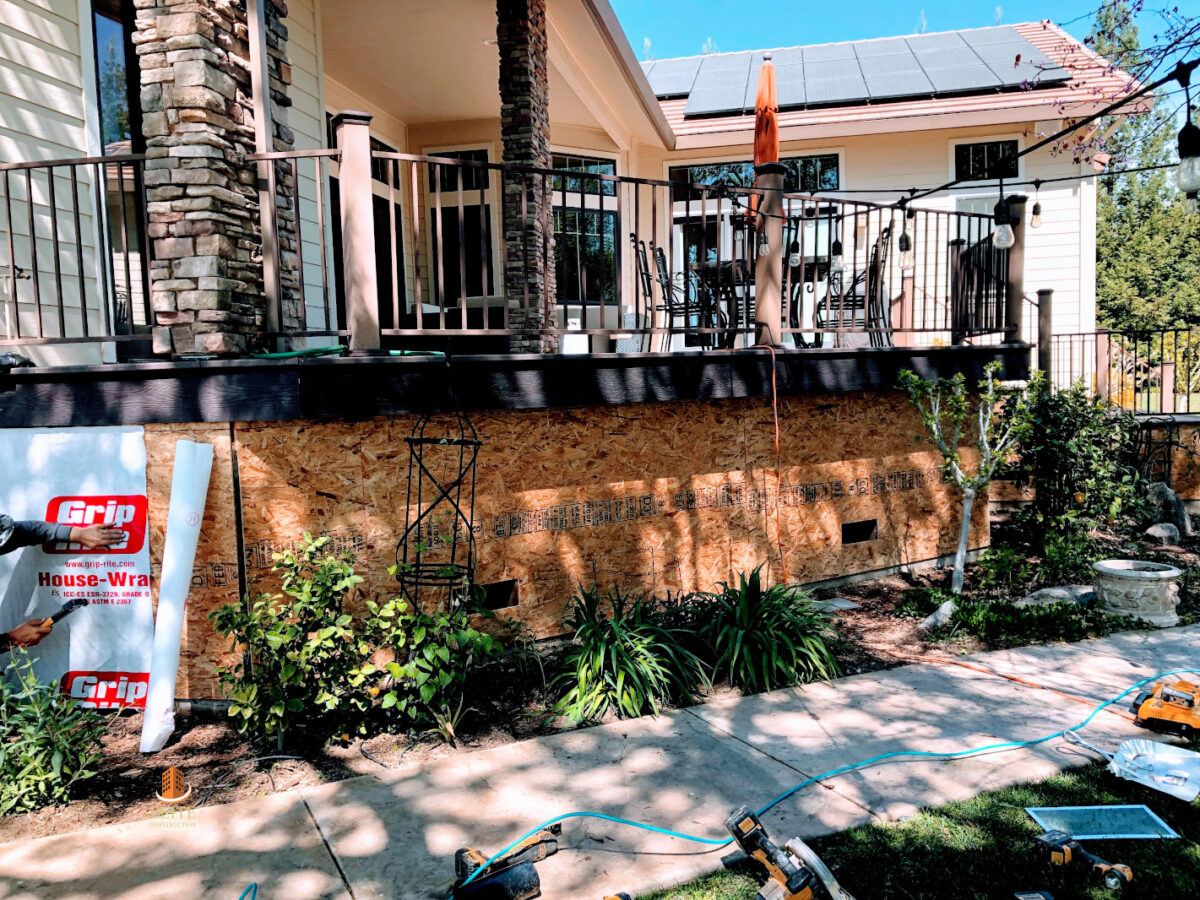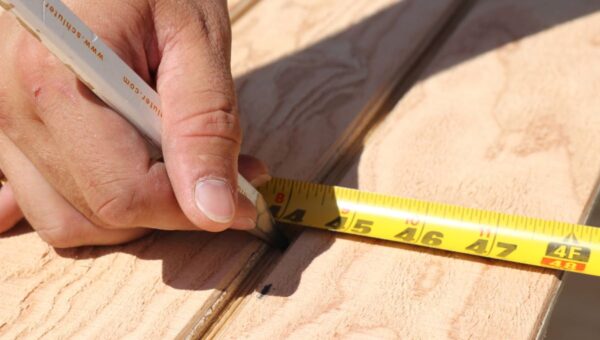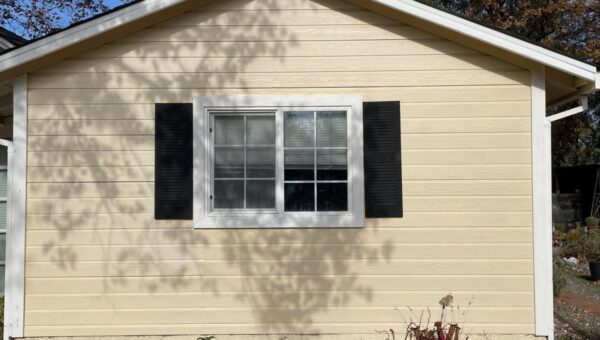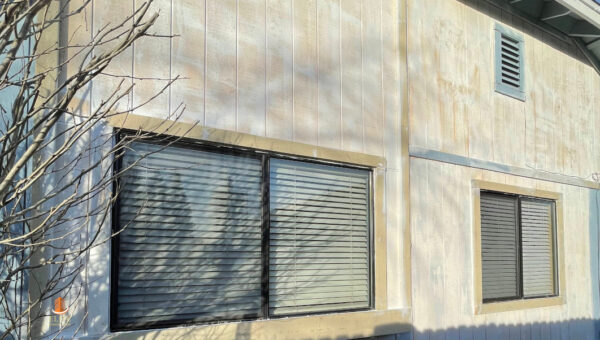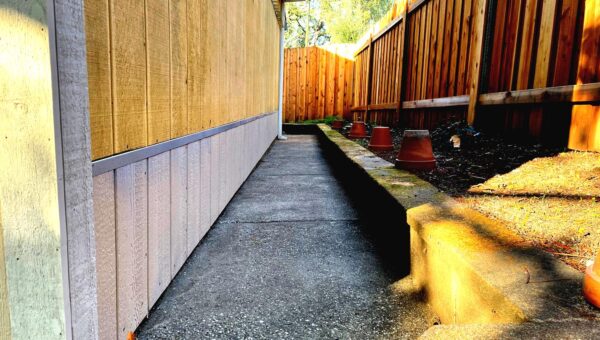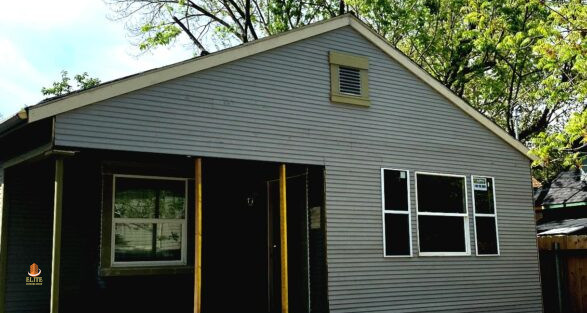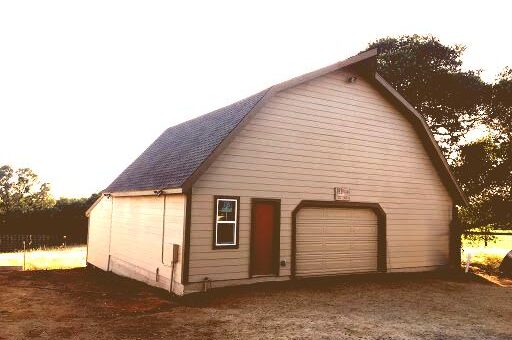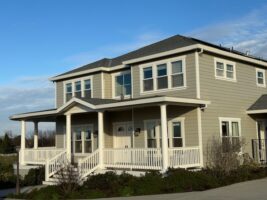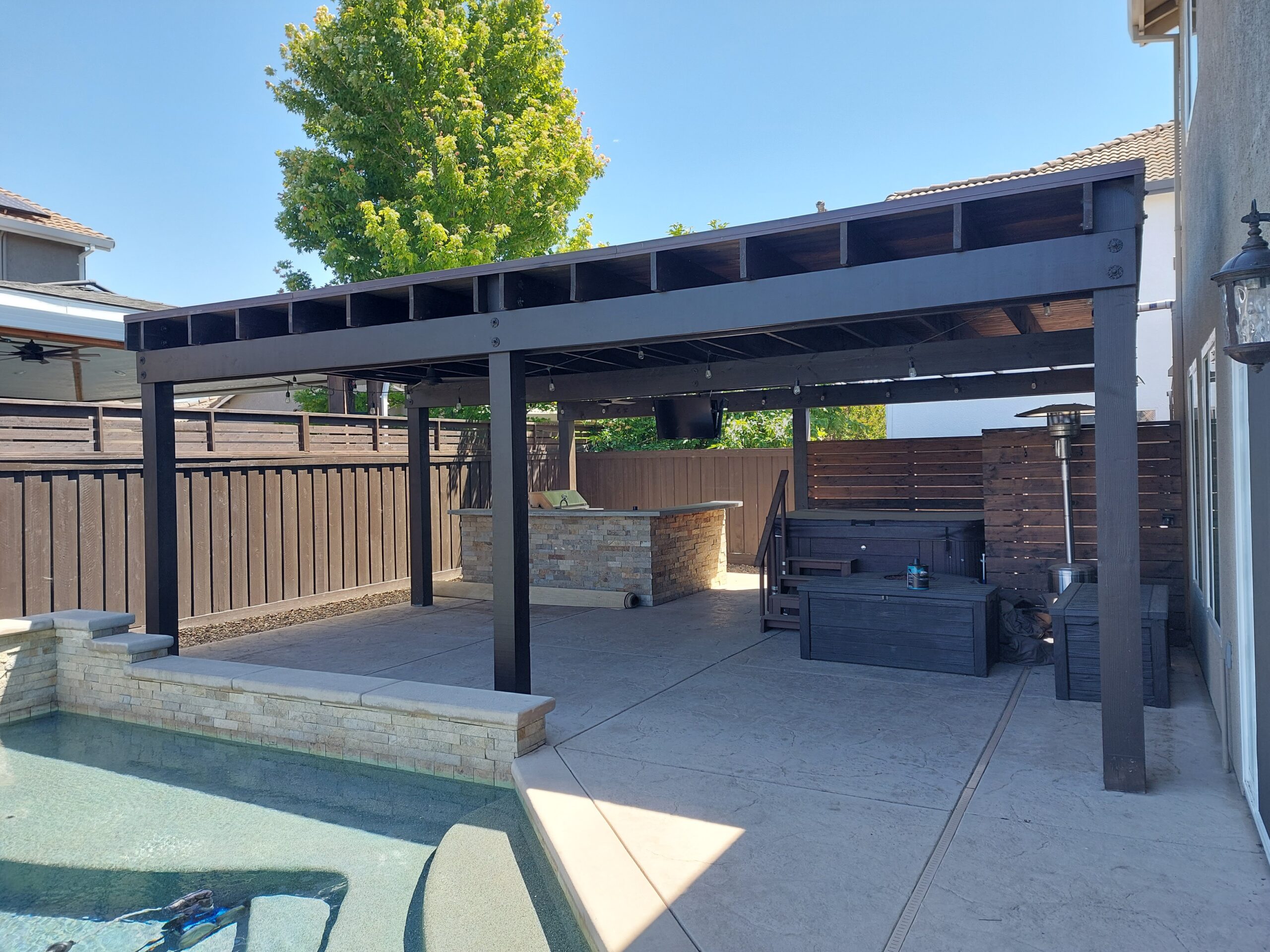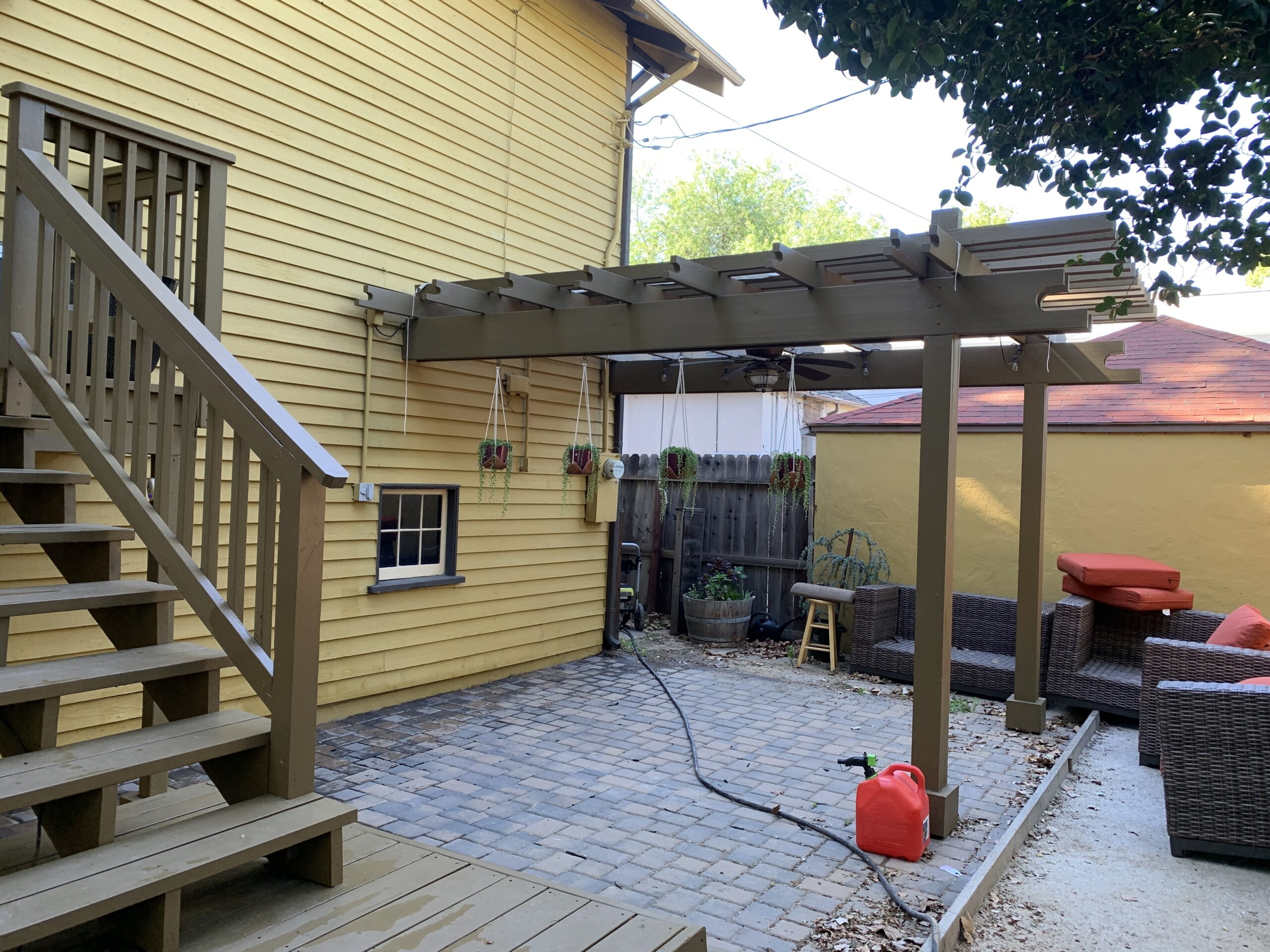When you want the classic look of wood siding coupled with lifetime durability, fiberboard cement siding may well be your best choice. Fiberglass cement siding is a composite made of Portland cement, silica, and wood fiber. Once painted, it looks almost identical to wood. It’s available in many styles and widths, both smooth and wood-textured, and you still get the crisp joints and details that’ll make your home’s exterior stand out. In addition, it’s highly rotting and insect resistant, won’t burn and paints beautifully.
The layout process is exactly the same as for wood siding. Mark the stud locations with a pencil on the soffit and foundation where they won’t be covered by the building paper. Install the building paper, then follow your stud location marks and snap chalk lines to guide both your nailing and your placement of siding joints. We’re also using fiber cement trim boards. Since they’re only 7/16 in. thick, rip 3/8-in. thick strips from treated 2-by lumber and use them to fur out the frieze boards. Now they’ll sit about 1/8 in. above the lap siding.
Cut the frieze board to length. Fiberboard cement siding is highly abrasive. Even a carbide tooth blade will last for only part of the day. At home centers, you can buy diamond blades made specifically for cutting fiber cement. These blades cut quickly and create less dust. But we had success with a less expensive dry-cut, diamond masonry blade. Drill cutouts for electrical boxes and pipes with regular twist bits or spade bits, and make the interior or even curved cuts with a jigsaw fitted with a tungsten or carbide grit blade (these blades are available at home centers and tile stores). Cutting fiberglass cement siding raises a lot of silica dust, so work outside and wear a dust mask.
Nail up the frieze board by drilling 1/8-in. pilot holes and driving two galvanized box nails at each stud. Your nail length may vary from ours depending on the type of exterior sheathing used on your home. In general, use nails that penetrate the studs at least 1 in. Drive the nailheads snug against the fiber cement board. If driven too deep, the heads will crush the fiber cement board and reduce the nail’s holding power. Don’t nail fiber cement corners together. A nail driven into the edge of a fiber cement board will split it.
Next make the outside corner, following the same steps as for the frieze boards. Be sure the bottoms of the corner boards cover about 1/2 in. the foundation.


